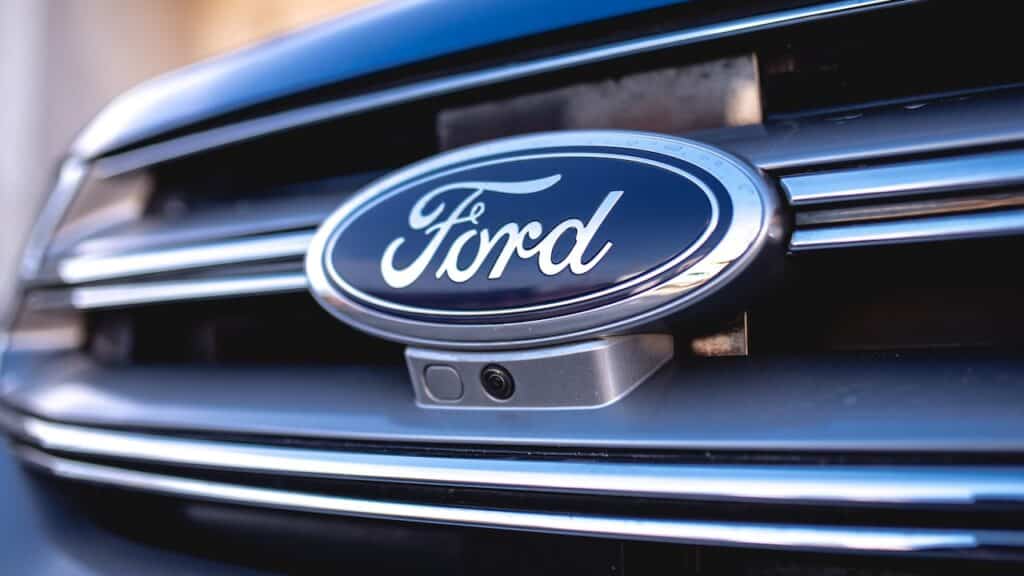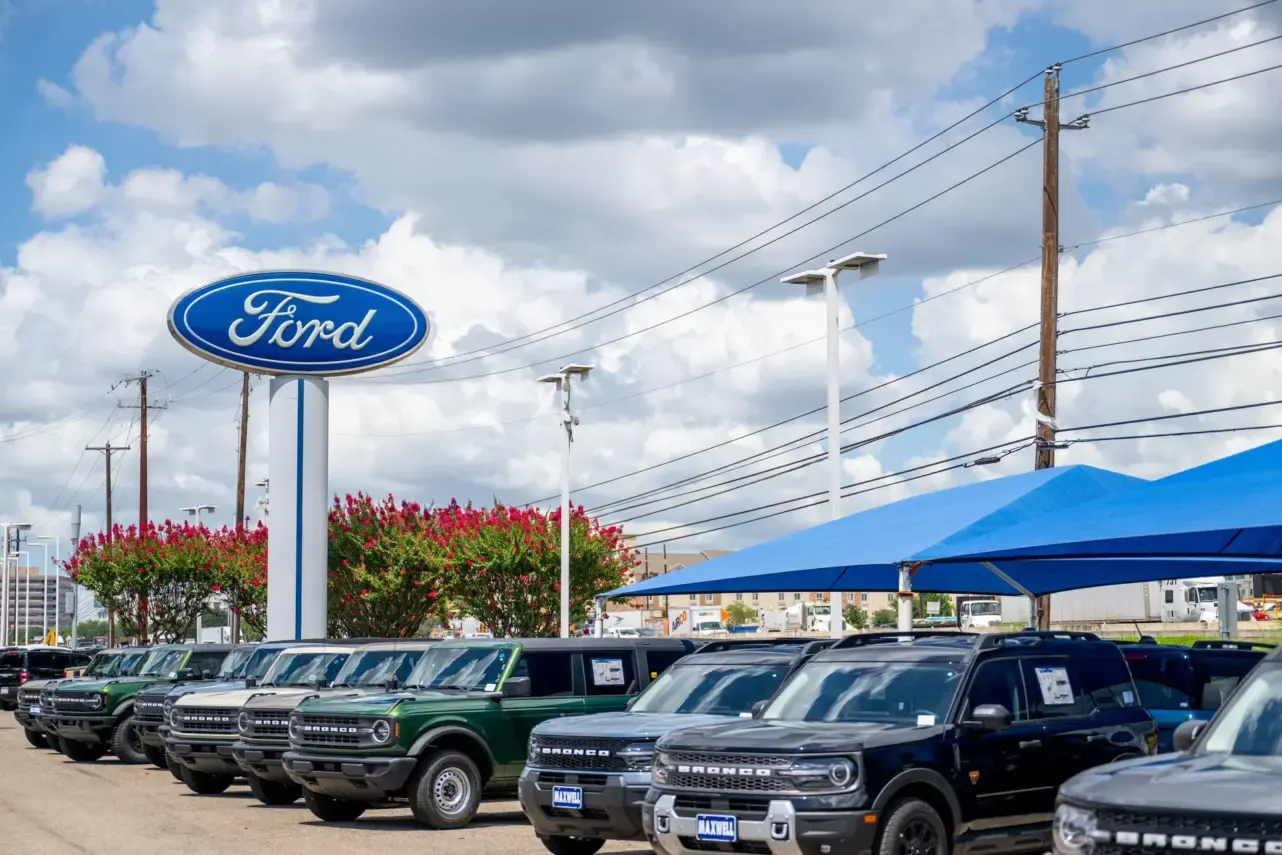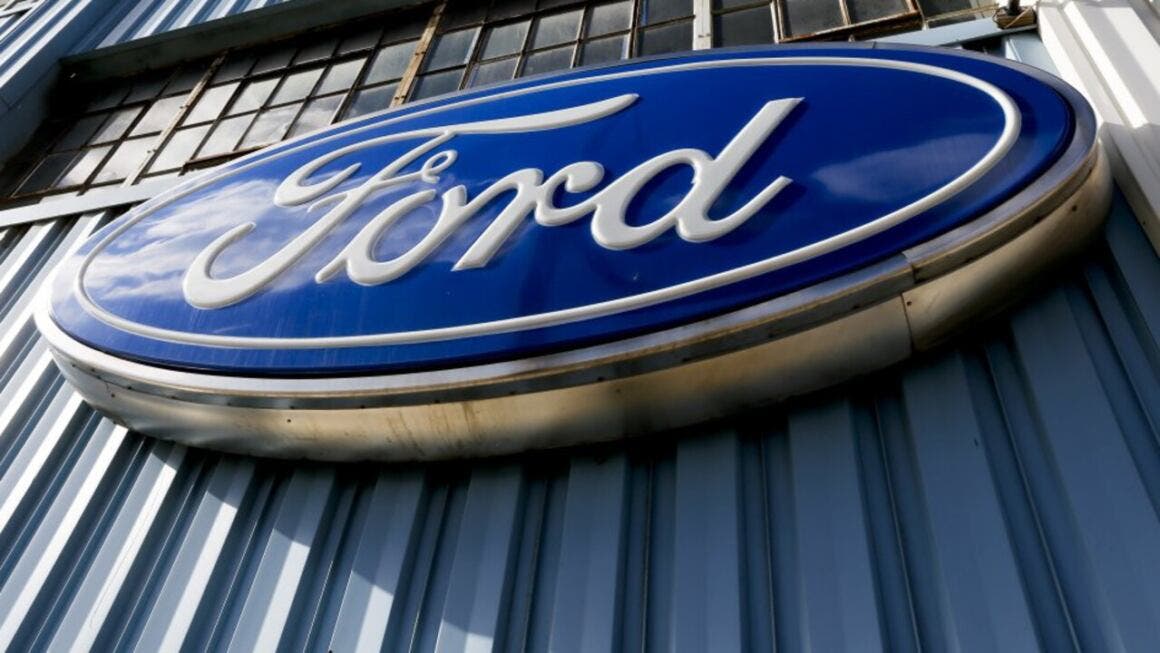It’s been about three years since Jim Farley, CEO of Ford Motor Company, declared that improving product quality was his top priority. At the time, Farley admitted that such a massive undertaking would take years to achieve.
Looking at 2025, however, the path still seems rocky: the number of recalls has soared to alarming levels, raising concerns about the brand’s reputation and its financial performance. The latest case involves 1.9 million vehicles recalled worldwide, including about 1.45 million in the United States. According to the National Highway Traffic Safety Administration (NHTSA), the defect stems from faulty rearview cameras that can display inverted, distorted, or blank images. Models affected range from the Lincoln MKC to the Navigator, as well as the Mustang, Expedition, Edge, and Super Duty pickups.

The real issue isn’t just the volume but the cost. While an over-the-air software update is relatively inexpensive, recalls requiring dealership visits, part replacements, and labor hours are much more costly.
What makes the situation even more troubling is the comparison with rivals. In 2025 alone, Ford has issued a record-breaking 109 recalls in the US, far surpassing Stellantis, which sits at 30. Projections suggest Ford could exceed 10 million recalled vehicles this year, more than twice the number of cars it sold globally in 2024. The company’s challenges are compounded by a $165 million fine it paid last November for failing to promptly recall vehicles with defective cameras.

Beyond electronics, this year’s recalls span mechanical flaws and suspension issues, suggesting a broader systemic weakness in quality control. Some argue that more recalls reflect Ford’s heightened focus on detecting problems, but investors have yet to see a meaningful reduction in warranty costs, which continue to eat into profits. For a company with a solid balance sheet and attractive dividends, the real test now is to deliver tangible improvements before recalls overshadow its long-term growth prospects.
